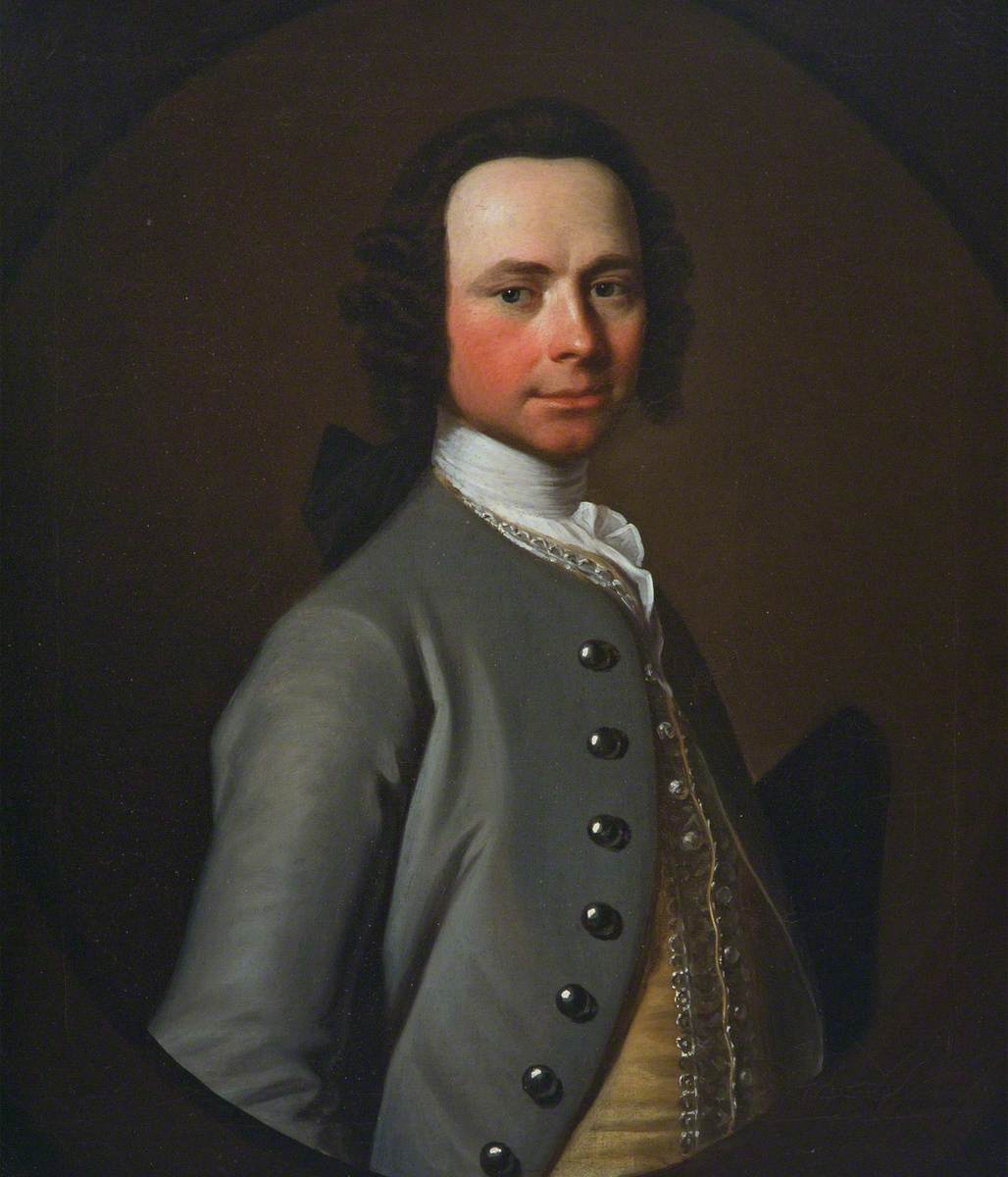From Red Book of Scotland, Fifth Series, Volume 6, pp. 393-394.
NOTE: Robert Erskine was the youngest of the three sons of John Erskine of Dun who had died in June 1591. The conspiracy between he and his three sisters and their various accomplices makes for shocking reading but it also sheds light on an aspect of Scottish family life which has hitherto not been explored – that deaths of young heirs to estates when still in their minorities and under tutors was reasonably common. Of course, death by natural causes would account for many such occurrences, however, this case exposes the existence of a dark underbelly of resentment and jealousy by the next heirs missing out on a substantial inheritance. Was this case unique or was it the only one of many to be uncovered and the perpetrators brought to public trial?
Robert Erskine, who conspired with his three sisters to gain the Dun estate and in doing so poisoned his nephew and the heir male, John Erskine of Dun, on 23 May 1613. All four and their accomplices were included in a commission by the Privy Council on 1 July 1613, to John, Earl of Mar, and others, to apprehend and examine them “on the charge of conspiring by poison against Johnne Erskin of Dwne, and Alexander Erskin, his brother.” The eldest of them “a boy not over twelve years, has departed this life ; and his brother has recovered with great difficulty.”[1] He had been apprehended and taken to Edinburgh by 25 November of that year when the Privy Council appointed Sir William Oliphant of Newton, King’s Advocate, Sir Alexander Hay, Clerk Register, and others to “examine Robert Erskene, uncle to the laird of Dynm upoun the poysoning and causing of Poysoun to be gevin to his tua nephewis, bretheryne of the house of Dyn, and to confront him with suche utheris as hev deponit in this mater, and, as thay sall find ony probabilitie, likliehood, or appeirance of his guiltynes, or ony circumstances or evidenceis aganis him, or ony contrareitie in his despositionis, that thay caus put him to the tortour.”[2] He was found guilty on his own coffession of the crimes of witchcraft and treasonable murder on 1 December 1613, and was sentenced to be beheaded at the market-cross of Edinburgh on that same day. His three sisters stood trial the following June and were sentenced similarly, although one of them, Helen, having been the most penitent, was banished for life.
___________________
[1] RPC First Series, Vol. 10, p. 94.
[2] RPC First Series, Vol. 10, p. 172.
